The Boston Tea Party, a pivotal moment in American history, was marked not only by the dramatic act of tossing tea into Boston Harbor but also by a deliberate and symbolic choice the participants dressed as Mohawk Indians.
This strategic decision added a layer of intrigue and conveyed a powerful message of resistance against British tyranny.
Understanding why did the people at the Boston Tea Party dress up like Indians? unravels a nuanced narrative of defiance, identity protection, and political strategy during a transformative era in the quest for American independence.
Why Did The People At The Boston Tea Party Dress Up Like Indians?
The Boston Tea Party, a pivotal event in American history, saw participants disguising themselves as Mohawk Indians as they dumped British tea into Boston Harbor.
Here are some explanations on why did the people at the Boston Tea Party dress up like Indians:
Symbolic Protest

The use of Mohawk Indian attire was a symbolic protest against British taxation without representation.
By adopting this disguise, the colonists conveyed a powerful message they were disavowing their British identity, emphasizing their allegiance to the colonies, and rejecting the unjust taxation imposed by the British government.
Anonymity and Identity Protection
Disguising themselves as Mohawk Indians provided a level of anonymity for the participants.
This strategic choice allowed individuals involved in the protest to shield their identities from potential reprisals by British authorities, protecting them from legal consequences and enabling them to continue their resistance efforts.
Cultural Solidarity
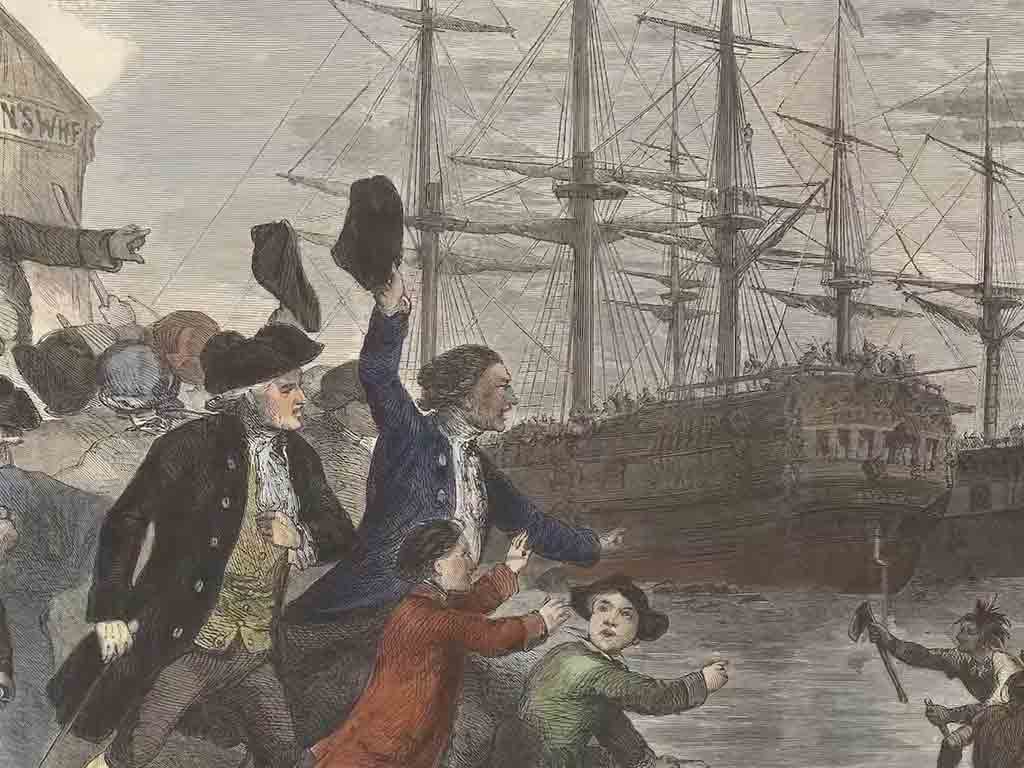
Adopting the attire of Mohawk Indians signified a form of cultural solidarity. The colonists, by aligning with Native American symbolism, sought to convey a sense of unity and shared purpose in resisting British oppression.
This cultural appropriation aimed to emphasize the collective struggle against perceived injustices.
Avoiding Retaliation on Innocent Parties
The colonists were aware of the potential repercussions of their actions. By disguising themselves, they strategically avoided direct association with specific individuals, mitigating the risk of British retaliation on innocent parties.
This tactical measure ensured that the protest’s consequences were directed at the symbolic act rather than specific individuals.
Political Maneuvering
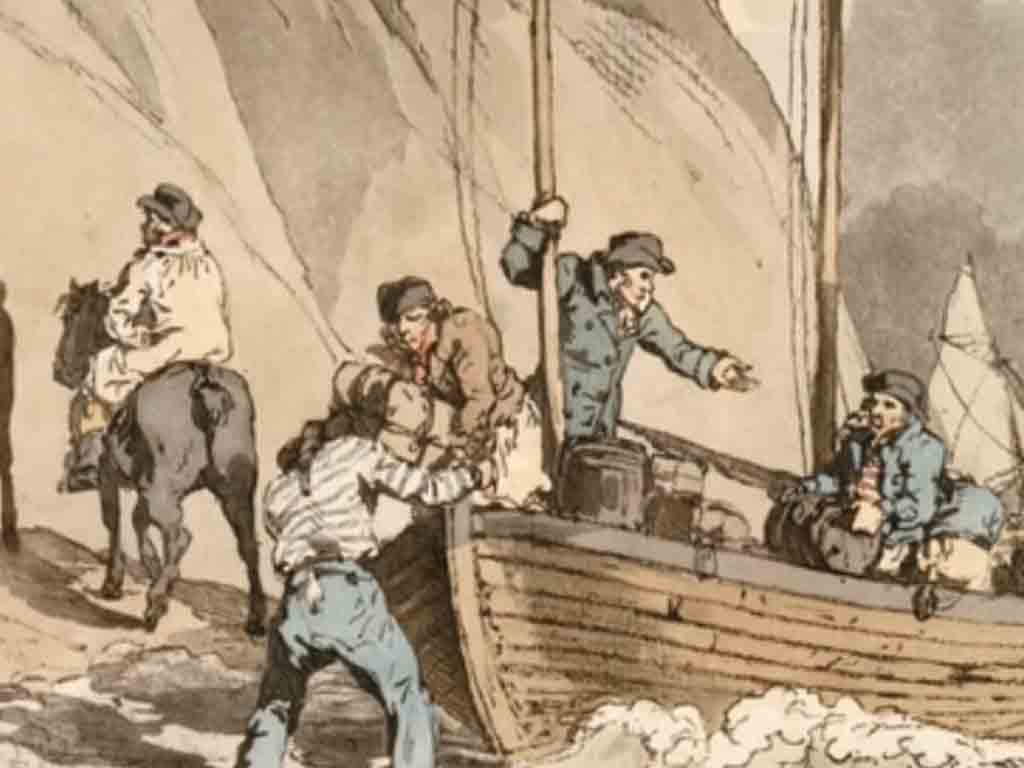
The use of Mohawk Indian disguises was a deliberate political maneuver. It allowed the colonists to engage in a bold act of resistance while framing the narrative in a way that positioned them as defenders of colonial rights.
This maneuver helped garner support for the cause, both within the colonies and internationally, by presenting a united front against perceived British tyranny.
Distinctive Visual Message
The Mohawk Indian disguise conveyed a distinctive visual message. The choice of attire was intentional, ensuring that the act of resistance would be visually striking and easily recognizable.
This approach amplified the impact of the protest, turning it into a powerful and memorable symbol of colonial defiance.
Evasion of Legal Consequences
The colonists were not only protesting taxation but also attempting to avoid severe legal consequences.
By masquerading as Mohawk Indians, participants aimed to create confusion regarding their true identities, making it challenging for British authorities to pinpoint specific individuals responsible for the protest and levy legal repercussions.
Cultural Reverence for Native Americans
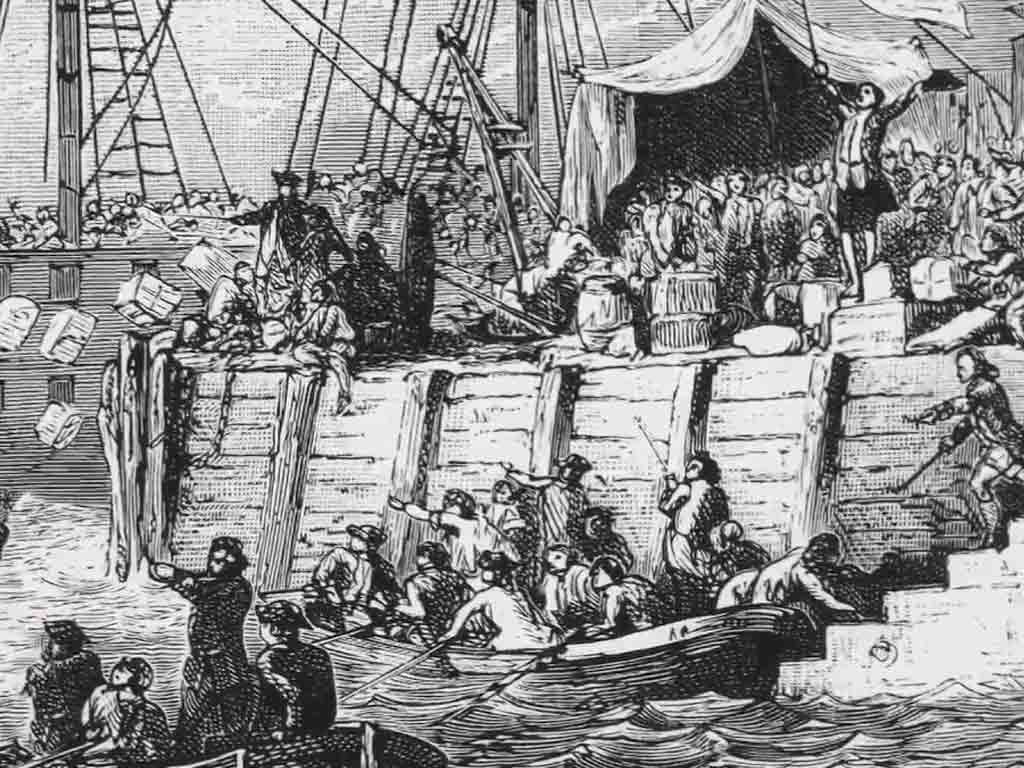
The use of Mohawk Indian attire reflected a cultural reverence for Native Americans. Colonists admired the perceived qualities of independence and resistance associated with Native American communities.
By adopting this attire, they sought to align themselves with these qualities and draw on the symbolic strength of Native American resistance in their struggle.
Preventing Class Distinctions
The act of disguising as Mohawk Indians also served to blur class distinctions among the colonists. In adopting a common disguise, individuals from various social strata stood united in their opposition to British policies.
This egalitarian approach reinforced the idea that the protest was a collective endeavor representing the shared grievances of all colonists.
Global Symbolism
The use of Mohawk Indian disguises had implications beyond the colonies. By framing their resistance in a way that resonated with indigenous symbolism, the colonists sought to evoke international sympathy for their cause.
The global audience could perceive the protest as a fight against tyranny and an assertion of the universal rights of self-governance.
Disguised Unity in Diversity
The Mohawk Indian disguises symbolized a unified front in the face of diversity. Participants, drawn from various backgrounds and colonies, adopted a common identity during the protest.
This deliberate gesture showcased the strength of their collective resistance, transcending regional differences and forging a united front against perceived British tyranny.
Strategic Timing and Secrecy

The timing of the Boston Tea Party, under the cover of darkness, heightened the impact of the Mohawk Indian disguises. This strategic choice, combined with the secrecy afforded by the disguises, contributed to the element of surprise.
The colonists executed a covert act of resistance, adding an element of unpredictability to their protest.
Preservation of Individual Dignity
Dressing as Mohawk Indians allowed participants to preserve their dignity. By donning disguises, they shielded their identities while engaging in an act of defiance.
This safeguarding of personal dignity was a crucial aspect of the protest, ensuring that the colonists could resist without fear of personal repercussions, thus maintaining their self-respect.
Continuation of a Symbolic Tradition
Colonists were well-versed in the power of symbolism. The tradition of using symbolic acts of protest, dating back to events like the Stamp Act resistance, was continued with the Boston Tea Party.
By dressing as Mohawk Indians, the colonists tapped into a legacy of symbolic gestures to convey their grievances and fortify the narrative of their resistance.
Creation of a Lasting Legacy
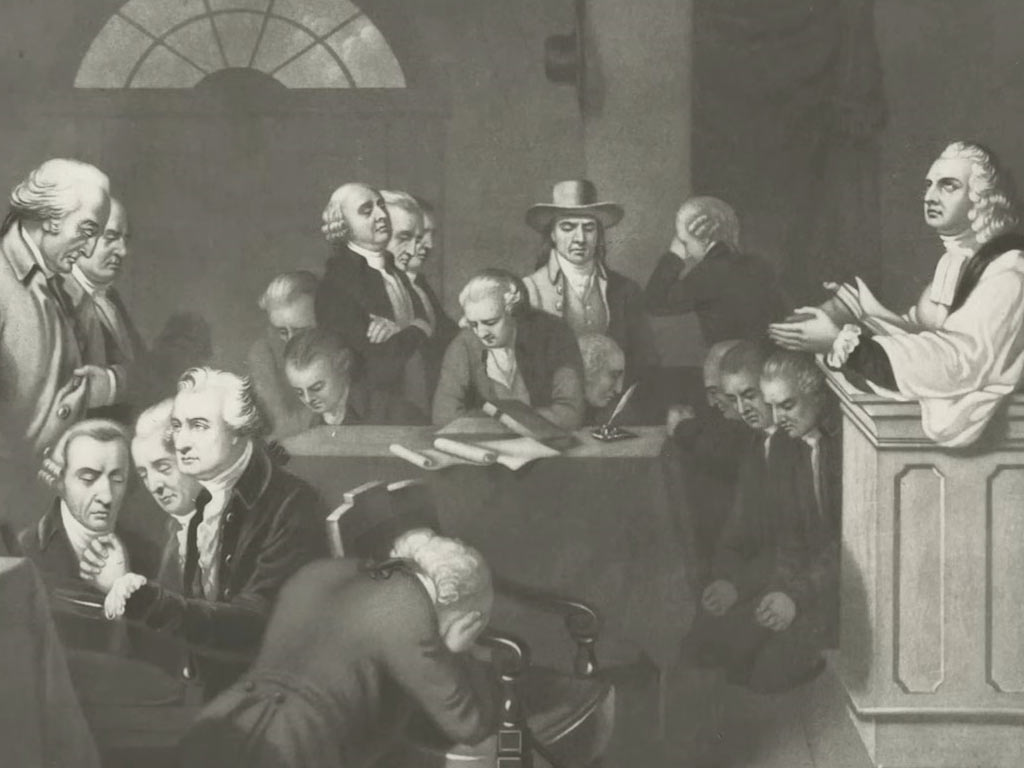
The use of Mohawk Indian disguises contributed to the creation of a lasting legacy. The vivid imagery of defiant colonists dumping tea into Boston Harbor, clad as indigenous figures, became an enduring symbol of resistance.
This legacy endures in American collective memory, symbolizing the spirit of rebellion against unjust authority.
What Did The Boston Tea Party Represent?
The Boston Tea Party, an iconic event in American history, transcended its immediate act of tea destruction. It represented a profound assertion of colonial rights and became a rallying cry for independence.
Examining the deeper symbolism reveals some key facets that underscore the significance of the Boston Tea Party in the broader context of colonial resistance:
Resistance Against Taxation Without Representation
The Boston Tea Party symbolized resolute resistance against British taxation policies imposed without colonial representation.
By dumping tea into Boston Harbor, the colonists rejected the notion of being subject to taxes decided by a distant authority, advocating for the fundamental principle of no taxation without representation.
Defiance of Monopoly and Corporate Control
Beyond a protest against taxes, the Boston Tea Party represented a defiant stance against corporate monopolies, specifically the East India Company.
Colonists opposed the idea of unchecked corporate power dictating trade and commerce, challenging the monopoly granted to the East India Company by the British government.
Assertion of Colonial Autonomy

The act of destroying tea in Boston Harbor asserted the colonists’ desire for greater autonomy. It was a declaration that the colonies sought the ability to govern their affairs, including economic decisions.
The Boston Tea Party became a symbol of the colonies’ refusal to accept external interference in their internal governance and economic independence.
Creation of a Symbolic Legacy of Resistance
The Boston Tea Party crafted a lasting legacy of symbolic resistance. The deliberate choice of disguising participants as Mohawk Indians and destroying tea crates emphasized the strategic and theatrical aspects of the protest.
This iconic imagery became a powerful symbol, resonating far beyond the shores of Boston and inspiring future generations to stand against oppression.
Precursor to Revolutionary Momentum
The Boston Tea Party served as a catalyst, propelling the colonies toward revolutionary momentum. The act galvanized colonial unity and ignited a fervent spirit of resistance.
The outrage following the Boston Tea Party set the stage for more organized and widespread opposition to British rule, eventually culminating in the American Revolutionary War and the pursuit of independence.
What Was The Punishment For The Boston Tea Party?
The Boston Tea Party, a watershed moment in colonial resistance, was met with severe repercussions from the British government. The punitive measures aimed to quell dissent and reassert British authority over the rebellious colonies.
Examining the consequences reveals a series of stringent punishments imposed in response to this iconic act of defiance.
Intolerable Acts (Coercive Acts)
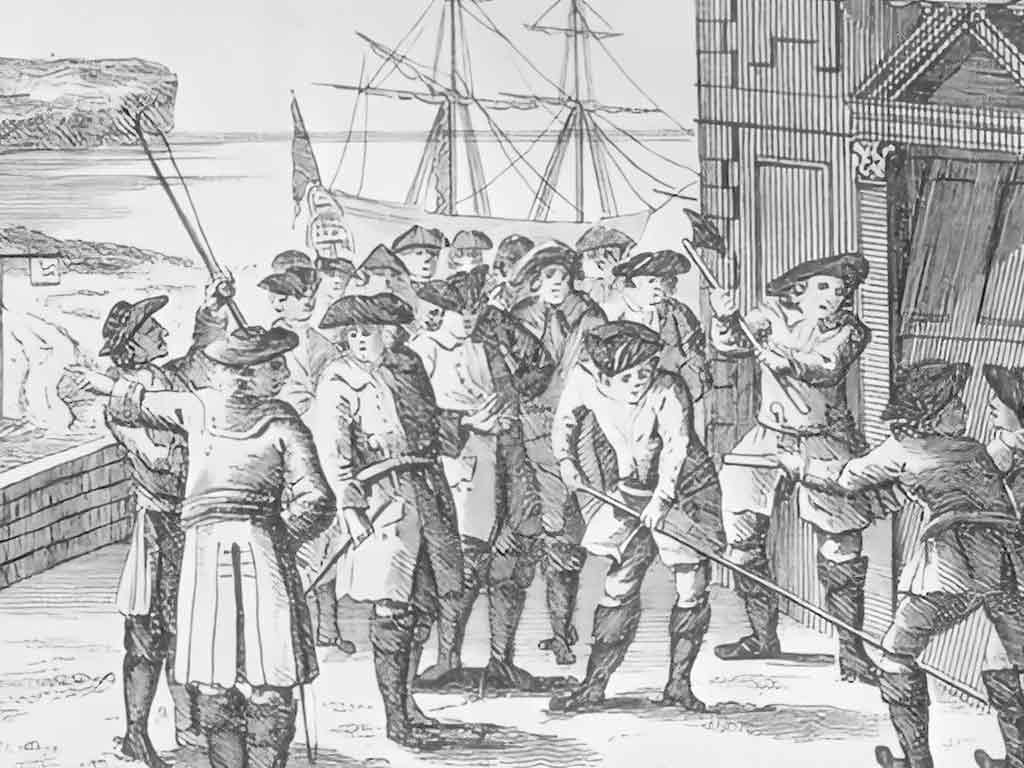
In direct response to the Boston Tea Party, the British Parliament enacted the Intolerable Acts in 1774.
These punitive measures were aimed at punishing Massachusetts collectively and included the Boston Port Act, shutting down Boston Harbor until restitution was made for the destroyed tea.
The closure significantly impacted trade and commerce, crippling the local economy.
Quartering Act of 1774
A provision within the Intolerable Acts included the Quartering Act, requiring colonists to provide accommodations for British soldiers. This measure was designed to further tighten control over Massachusetts and maintain order.
Colonists resented the presence of British troops, intensifying tensions between the local population and the occupying forces.
Revocation of Colonial Self-Governance
The Massachusetts Government Act, part of the Intolerable Acts, revoked certain aspects of colonial self-governance. It altered the Massachusetts Charter, restricting town meetings and the selection of jurors.
The act aimed to curb local autonomy and tighten British control over colonial governance, diminishing the colonists’ ability to manage their affairs independently.
Administration of Justice Act
Another facet of the Intolerable Acts was the Administration of Justice Act. This allowed British officials accused of committing crimes during the execution of their duties to be tried in England or other colonies, rather than in Massachusetts.
This measure further eroded local judicial autonomy and heightened resentment towards perceived injustices.
Strengthening the Presence of British Troops
Responding to the Boston Tea Party, additional British troops were deployed to Massachusetts to maintain order and enforce the punitive measures. This military presence aimed to quell dissent and prevent further acts of resistance.
However, it inadvertently fueled greater animosity between the colonists and the occupying British forces, setting the stage for escalating tensions leading to the Revolutionary War.
The punishments for the Boston Tea Party were severe and collectively known as the Intolerable Acts. These measures targeted Massachusetts specifically, affecting trade, governance, and judicial autonomy.
The acts intensified colonial resentment, ultimately contributing to the eruption of the American Revolutionary War as the colonists sought to break free from oppressive British rule.
FAQs
Was the Mohawk Indian disguise a strategic choice?
Yes, the disguise was a strategic choice. It allowed the colonists to convey a powerful message of defiance, protect their identities from potential repercussions, and strategically frame the narrative of their resistance.
Did dressing as an Indian serve a political purpose?
Absolutely. The political purpose was to reject British taxation policies, emphasizing the colonists’ allegiance to their governance and resisting taxation without representation.
How did the Indian disguise contribute to the Boston Tea Party’s impact?
The Indian disguise made the protest visually striking, leaving a lasting impact. It became an iconic symbol of resistance, resonating across the colonies and inspiring further acts of defiance.
Did the disguise have cultural significance?
Yes, adopting Mohawk Indian attire held cultural significance. It symbolized a shared cultural identity and demonstrated solidarity with Native Americans, portraying a united front in the face of British oppression.
Were there strategic advantages to dressing as Indians during the protest?
Yes, the disguise offered strategic advantages. It provided anonymity, protecting participants from legal consequences. The theatrical act also enhanced the protest’s symbolic nature, contributing to its enduring legacy.
Conclusion
The choice to dress up as Mohawk Indians during the Boston Tea Party encapsulates the ingenious and strategic nature of colonial resistance.
Beyond the theatricality, this symbolic act represented a multi-faceted strategy encompassing political messaging, identity protection, and cultural symbolism.
The enduring legacy of this deliberate choice underscores its effectiveness in conveying the colonists’ unwavering commitment to resistance against unjust taxation and the assertion of their rights.
The Boston Tea Party, with its iconic disguise, remains a testament to the resourcefulness and determination of those who sought to forge a path toward liberty and self-determination.
Jaclyn Lowe